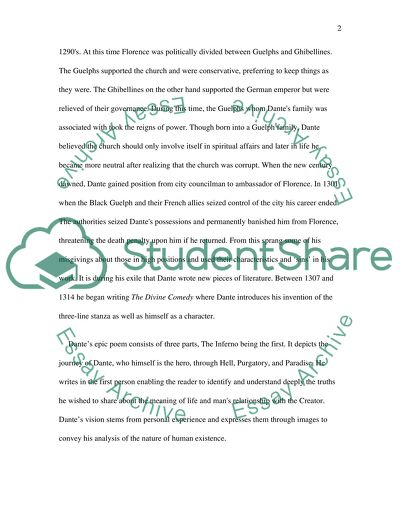Cite this document
(Men, Friendship and Companionship in Divine Comedy Article, n.d.)
Men, Friendship and Companionship in Divine Comedy Article. https://studentshare.org/literature/1527279-men-friendship-and-companionship-in-divine-comedy
Men, Friendship and Companionship in Divine Comedy Article. https://studentshare.org/literature/1527279-men-friendship-and-companionship-in-divine-comedy
(Men, Friendship and Companionship in Divine Comedy Article)
Men, Friendship and Companionship in Divine Comedy Article. https://studentshare.org/literature/1527279-men-friendship-and-companionship-in-divine-comedy.
Men, Friendship and Companionship in Divine Comedy Article. https://studentshare.org/literature/1527279-men-friendship-and-companionship-in-divine-comedy.
“Men, Friendship and Companionship in Divine Comedy Article”. https://studentshare.org/literature/1527279-men-friendship-and-companionship-in-divine-comedy.


